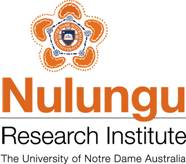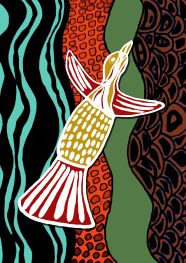Aboriginal Nation: A strong Kimberley tertiary education narrative
Publication Details
Wooltorton, S.,
Guenther, J.,
Wilks, J.,
&
Dwyer, A.
(2022).
Aboriginal Nation: A strong Kimberley tertiary education narrative.
Australian Journal of Indigenous Education, 51 (1).
Abstract
Our past shapes our present. However, do Australian universities understand the ways historical discourses continue to shape them? Provoked by the findings of our empirical study implemented in Western Australia’s Kimberley region in 2018-2019, we conducted a critical text analysis of recent and past policies to seek historical explanation. As a research team, we noted a demand on behalf of Aboriginal activists to shift from the discourse of “problem” to “nationhood” during the first launch of the Aboriginal flag at the Aboriginal Tent Embassy in 1972. However, in our study we observed the “problem” vocabulary lives on, impacting remote Aboriginal tertiary education through its deficit discourse and “gap language”. In this paper, we show how the future for remote Aboriginal tertiary education sits within our everyday narratives and explanations. The imperative is to recognise Aboriginal knowledges, strengths, contribution and experience; the alternative is to remain trapped by the deficit discourses of a colonial era. A strengths-based discourse acknowledges that Aboriginal people living in remote communities have the capacity, knowledge and know-how to engage with tertiary education in culturally secure ways. Remote Aboriginal tertiary education could show the way to genuine socio-political transformation in Australia; and the Kimberley could lead this process.
Keywords
tertiary education, red dirt thinking, Aboriginal education, remote, Aboriginal nation





